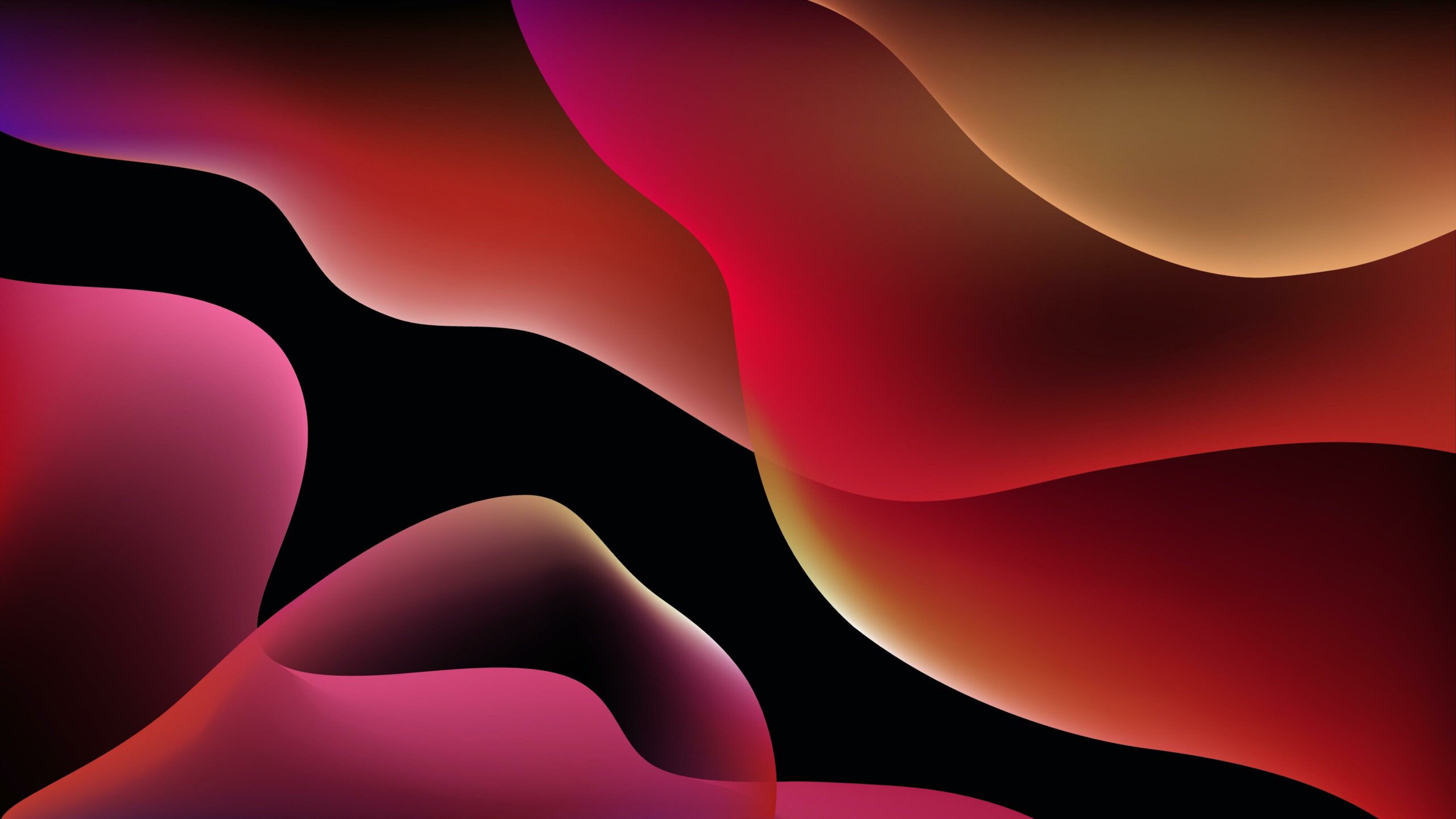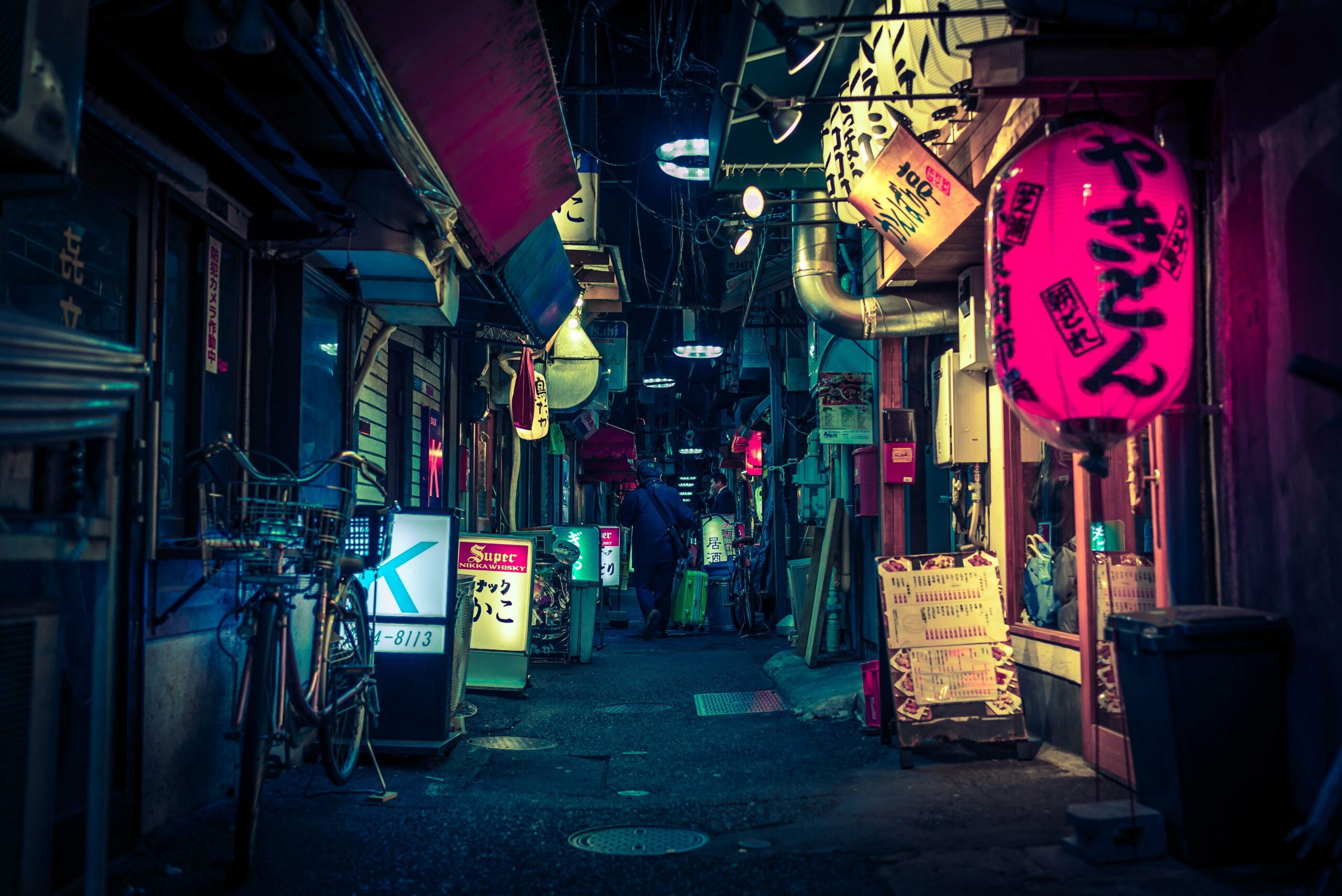Are you ready to dive deep into the enchanting world of animation? Hold on tight as we embark on a thrilling journey, unearthing fascinating facts that will leave you in awe. In this article, we will unravel the secrets behind the art and techniques of animation, delving into the captivating realms of creativity and imagination. But there’s more to discover – get ready to explore the intriguing connection between animation and psychology, where Disney characters have lent their names to psychological conditions. Brace yourself for a delightful and enlightening exploration of animation’s wonders and impact on our lives.

Facts about Animation
Animation, the mesmerizing art of breathing life into inanimate objects, has captivated audiences for decades. From the first-ever animated film to the groundbreaking techniques used today, the world of animation is filled with fascinating facts. So, let’s dive into this enchanting realm and uncover some intriguing facts about animation that will leave you in awe.
The Enthralling Beginnings
Animation’s journey began with the concept of “ensoulment,” which refers to the process of bringing characters to life. This term perfectly encapsulates the magic behind animation, as it takes ordinary drawings and objects and imbues them with movement and personality.
Did you know that one of animation’s founding fathers, Walt Disney, initially pitched his animation idea to Louis Mayer, the head of Metro-Goldwyn-Mayer (MGM)? It’s true! Without Disney’s passion and determination, the animation industry may not have blossomed into what it is today.
Heritage from Pygmalion
If we trace animation’s roots back to ancient times, we discover that Pygmalion, a legendary sculptor from Greek and Roman mythology, can be considered the first recorded animator. His statue, Galatea, was brought to life by the gods—a concept that resonates with the essence of animation.
The Birth of Fantasmagorie
In August 1908, the world witnessed the birth of the first-ever animated film, “Fantasmagorie,” created by Émile Cohl. This groundbreaking film set the stage for the animation industry’s future, captivating audiences and showcasing the incredible potential of this medium.
Walt Disney’s Legacy
Walt Disney, the mastermind behind beloved classics like “Snow White and the Seven Dwarfs,” holds a record-breaking record of eight Oscars. His commitment to storytelling and pushing the boundaries of animation has left an indelible mark on the industry.
The Principles of Animation
To create captivating animations, animators employ a set of principles known as the “12 principles of animation.” Introduced by animators Ollie Johnston and Frank Thomas, these principles encompass the essence of movement and give life to characters on screen. Their contributions have helped shape the art of animation and continue to be fundamental in the industry today.
The Vast Realm of Animation
Animation is a versatile art form, offering a myriad of techniques and styles. Hand-drawn animation, 2D, 3D, stop motion, vector, and motion graphics are just a few of the many types of animation that exist. Each technique brings its own unique charm, captivating audiences with its creativity.
Anime’s Inventor
The captivating world of anime, which has taken the world by storm, was invented by Japanese artist Tezuka Osamu. His innovative storytelling and visually stunning animations have influenced countless artists and continue to inspire new generations of animators.
The Beloved Mickey Mouse
Our childhoods were undoubtedly influenced by the iconic character of Mickey Mouse. Created in 1927, this lovable mouse quickly became a symbol of the animation industry and a beloved character in countless cartoons and movies.
The Quirky Four-Fingered Characters
Have you ever noticed that cartoon characters often have only four fingers? This charming quirk originated from the practicality of drawing. Drawing four fingers is simpler and faster, allowing animators to create animations efficiently while maintaining the character’s essence.
The Lightning-Fast Animators
Experienced animators possess an incredible talent for drawing. In fact, they can create up to 100 frames per day! This lightning-fast speed showcases their expertise and dedication to bringing characters to life in a time-efficient manner.
Where Animation Meets Robotics
Ever wondered about the fusion of animation and robotics? Enter animatronics, a mesmerizing combination that merges animation software and robotics to create lifelike humanoid robots. This cutting-edge technology has revolutionized the way we interact with robots, blurring the line between the real and the animated.
The Evolving Animation Styles
Animation continues to evolve and adapt with advancements in technology. From the charming hand-drawn animations of the past to the stunning 3D computer-generated imagery (CGI) we see today, animation styles constantly push the boundaries of what is possible. The ever-changing landscape of animation ensures that there is always something new and exciting to look forward to.
As we delve deeper into the world of animation, we uncover countless captivating facts that illuminate the art and techniques used to bring beloved characters to life. Each fact reveals layers of creativity, dedication, and innovation. Animation truly is an enchanting realm that continues to evolve, captivating audiences of all ages.
So, the next time you watch an animated film or enjoy a captivating cartoon, remember the intricate craftsmanship and fascinating facts that come together to create this magical art form.
Facts about animation are always fascinating, and if you’re curious about facts regarding 2D animation, you’ll definitely want to check out our article on that! Dive into the world of animation by navigating to facts about 2d animation to uncover interesting nuggets about this captivating art form.
Speaking of animation, did you know that 3D animation is a whole different ball game? Discover mind-boggling information by clicking on this link: 3d animation facts. Prepare to be amazed!
Animation has a rich history filled with intriguing milestones. Uncover the captivating facts about animation history by clicking on this link: facts about animation history . You won’t want to miss some of the surprising tidbits we’ve unearthed.
For those looking for a fun and lighthearted read, we’ve got just the thing! Click on this link: fun facts about animation and prepare to be entertained with some playful facts about animation that will bring a smile to your face.
Are you interested in exploring the different types of animation? Look no further! Navigate to types of animation to delve into a comprehensive list of animation techniques and discover the diverse world of animation.
If you’re considering a career in animation, make sure to check out our article on interesting facts about animation career by clicking on interesting-facts-about-animation-career. Discover valuable insights that will surely enhance your understanding of this exciting industry.
With so much to learn and explore, immerse yourself in the fascinating realm of animation by clicking on these exciting links and uncover incredible facts that will keep you enthralled.
Forging Fascinating Facts About Animation Together
Animation is a captivating art form that has been enchanting audiences for decades. From the moment Luxo Junior hopped onto the screen in Pixar’s iconic opening, we were introduced to the magic that animation can bring to life. But did you know that the word “animation” is actually derived from the French word for “soul”? It’s a fitting translation, as animation truly brings characters to life, giving them a soul of their own.
The history of animation is filled with intriguing anecdotes and milestones. For instance, did you know that when Walt Disney initially pitched his idea for a cartoon about Mickey Mouse, it was rejected? Louis Mayer, the head of Metro Goldwyn Mayer, believed that women were scared of mice and that movies were mostly attended by women. Little did he know that Mickey Mouse would become an iconic character and the face of the animation industry.
The term “cartoon” itself, which is commonly used to refer to animation, was first used in October 1916. Since then, animation has come a long way, culminating in Walt Disney’s groundbreaking achievement of creating the first 3D animated movie in 1940. This marked a significant milestone in the history of animation and paved the way for the immersive and visually stunning films we have today.
One of the reasons animation is so popular is its unique ability to combine storytelling, cuteness, and the power to depict things that are difficult to replicate in real life. It’s an art form that captures the imagination and allows us to experience things we can only dream of. With countless job opportunities in the industry, animation has become a thriving field, attracting talented individuals who are passionate about bringing stories to life.
Animation films have left an indelible mark on the entertainment industry, with numerous Academy Awards to their name. The ability of animation to summarize complex ideas, leave a lasting impression, and bring the impossible to life is what sets it apart from other forms of storytelling. Whether it’s the innovative techniques used by Pixar to accurately depict curly hair or the evolution of animation styles over the years, there is a never-ending fascination with this art form.
The history of animation dates back to the 19th century, with pioneers like John Barnes Linnett inventing flip books. Since then, animation has continuously evolved and adapted to new technologies, resulting in visually stunning creations that capture the magic, mystery, and emotions of storytelling. From hand-drawn animations to the advent of 3D CGI, animation has come a long way and continues to push boundaries.
As we delve into the world of animation, we uncover the meticulous techniques and craftsmanship behind it. Just like the art of forging, animation involves adding moving images to a story or text, creating a motion picture or video. It’s a process that requires expertise, precision, and a deep understanding of the principles that make animation come to life.
In the world of animation, there is always something new to discover. From the physics of curly hair to the inventive use of animation software and robotics in animatronics, the possibilities are endless. Animation not only entertains but also inspires and sparks our imagination.
As we continue to forge fascinating facts about animation together, let’s celebrate this incredible art form and its boundless potential. Animation has the power to transport us to worlds beyond our own, leaving us with a sense of wonder and a deep appreciation for the craftsmanship and creativity behind it.
“Animation is not just a series of moving images but an art form that brings stories to life and captivates audiences. Let’s embark on a journey through the fascinating world of animation, where creativity knows no bounds.”
Interesting Facts About Animation – Psychological Conditions Named for Disney Characters
Did you know that animation not only entertains us but can also shed light on psychological conditions? In the world of Disney, several characters have inspired the naming of real psychological disorders. Let’s dive into these fascinating facts and explore the connection between animation and the human mind.
1. Peter Pan Syndrome – Refusal to Grow Up
One of the most well-known psychological conditions named after a Disney character is Peter Pan Syndrome. Just like the mischievous boy who never wanted to grow up, individuals with this condition display emotional immaturity and a reluctance to take on adult responsibilities. They often avoid commitment, resist facing the realities of life, and seek continuous excitement and novelty, similar to Peter Pan’s perpetual quest for adventure.
“Peter Pan Syndrome captures the essence of those individuals who resist the inevitable passage into adulthood, preferring to live in a world of eternal youth and fantasy.”
2. Sleeping Beauty Syndrome – Episodes of Excessive Sleep
Sleeping Beauty Syndrome, also known as Kleine-Levin Syndrome, is a rare sleep disorder characterized by episodes of excessive sleep and altered behavior. Much like the cursed princess who fell into a deep slumber, individuals with this condition can sleep for up to 20 hours a day during their episodes. These episodes can last from several days to several weeks, with individuals experiencing disorientation, irritability, and a decreased desire for food.
“Similar to the enchantment placed upon Sleeping Beauty, individuals with Sleeping Beauty Syndrome experience prolonged periods of sleep, awakening only temporarily before slipping back into their slumber.”
3. Rapunzel Syndrome – Ingestion of Hair
In the tale of Rapunzel, the princess had incredibly long hair that was the key to her tower-bound existence. Rapunzel Syndrome, however, refers to the uncommon condition of trichophagia, where individuals compulsively ingest their own hair. This behavior can lead to a tangled mass of hair in the digestive system that may cause intestinal obstruction, known as Rapunzel Syndrome.
“Much like Rapunzel’s impossibly long hair, individuals with Rapunzel Syndrome consume their own hair, creating a potentially dangerous situation within their bodies.”
4. Cinderella Complex – Dependency on Others
Cinderella may have captured our hearts with her enduring spirit, but her story also inspired the term Cinderella Complex. This psychological condition refers to individuals, mostly women, who harbor an excessive dependence on others, often seeking emotional and financial support from a romantic partner. These individuals may struggle with low self-esteem and find it challenging to assert their independence, as depicted by Cinderella’s reliance on her Fairy Godmother and Prince Charming.
“Similar to Cinderella’s overwhelming dependency on others, individuals with Cinderella Complex struggle to break free from their need for external validation and support.”
5. Bambi Complex – Fear of Emotional Attachment
Bambi, the lovable fawn from Disney’s classic film, faced the tragedy of losing his mother at a young age. This experience echoes the Bambi Complex, which refers to individuals who have a fear of love and emotional attachment due to past trauma or loss. These individuals may struggle to form deep bonds with others, fearing the pain of loss or rejection.
“Much like Bambi’s hesitance to form emotional attachments, those with the Bambi Complex guard themselves against the vulnerability and potential heartache that comes with intimate connections.”
Animation not only impacts viewers on an emotional level but also provides a lens to examine complex conditions and behaviors. Through the use of colors, storytelling techniques, and relatable characters, animators can elicit various emotions and resonate with audiences of all ages.
“Animation possesses a remarkable ability to evoke emotions, sparking nostalgia, joy, and even contemplation through its vibrant visuals and heartfelt narratives.”
Furthermore, it’s crucial to acknowledge that Disney’s animated characters often portray unrealistic body standards, particularly for their female protagonists. This portrayal can contribute to negative body image perceptions and self-esteem issues among viewers, reinforcing the importance of promoting diverse and inclusive representations within animation.
“While animation holds an undeniable allure, it’s essential to recognize that the industry’s portrayal of body standards, particularly for female characters, can perpetuate unrealistic ideals, impacting viewers’ perceptions of themselves and others.”
In conclusion, animation serves as a powerful tool for communication, engagement, and exploration of the human mind. From the psychological conditions named after Disney characters to the profound impact animation has on viewers, it’s evident that this art form extends far beyond entertainment.
“By transcending the boundaries of reality, animation invites us to delve into the depths of our emotions, confront our fears, and reimagine what is possible – ultimately transforming us in the process.”
FAQ
Question 1
What is animation?
Answer 1
Animation is the art of making inanimate objects appear to move.
Question 2
Who is considered the first recorded animator?
Answer 2
Pygmalion, a sculptor from Greek and Roman mythology, is considered the first recorded animator.
Question 3
When was the first-ever animated film released?
Answer 3
The first-ever animated film, “Fantasmagorie,” was released in August 1908.
Question 4
What are the different types of animation?
Answer 4
There are different types of animation, including hand-drawn, 2D, 3D, stop motion, vector, and motion graphics.
Question 5
Who invented anime?
Answer 5
Anime was invented by Japanese artist Tezuka Osamu.
















